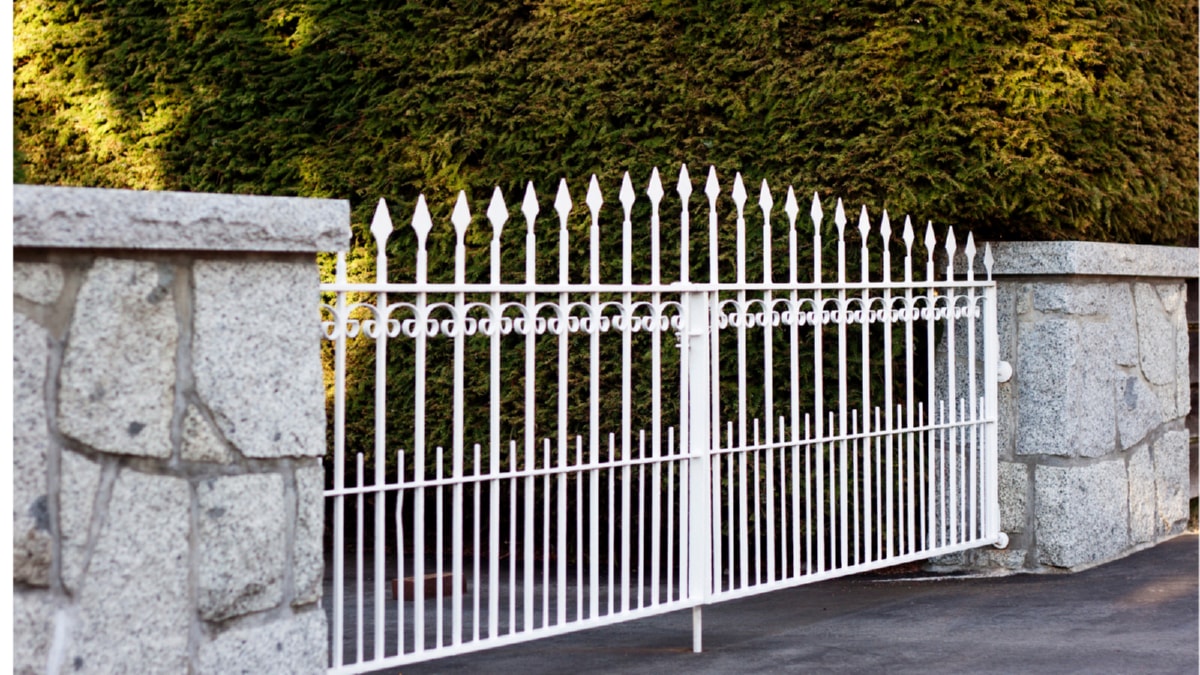Sustainable construction is not a new concept, but it’s an idea that’s gaining momentum. It’s a practice that involves creating structures and using processes that are eco-friendly and resource-efficient. This means that from design, to construction, to operation, to maintenance, to renovation, and even demolition, we make conscious efforts to reduce the environmental impact. This is achieved by using sustainable resources, reducing waste, and creating a healthier and more comfortable living environment.
There are several reasons why this eco-friendly construction trend is on the rise. Firstly, there’s a growing awareness about climate change and the role that buildings play in contributing to environmental degradation. Buildings are responsible for a significant percentage of global energy use and carbon emissions. Therefore, adopting eco-friendly construction practices can significantly reduce this impact.
Furthermore, there’s a growing demand from consumers for eco-friendly homes and buildings. More and more people are recognizing the benefits of living in a sustainable home, which include lower energy costs, improved indoor air quality, and a healthier living environment. In response to this demand, developers and builders are increasingly adopting eco-friendly construction practices.
The benefits of environmentally responsible building extend beyond just the environment. For instance, green buildings typically have lower operating costs because they use less energy and water. They also provide a healthier and more comfortable living environment because they are designed to maximize natural light and ventilation. Furthermore, they can enhance the reputation of companies that use them, demonstrating a commitment to sustainability and corporate social responsibility.
However, it’s not just about the benefits. There are also challenges to implementing eco-friendly construction. These include higher upfront costs, a lack of awareness and understanding about the benefits, and regulatory barriers. Despite these challenges, the trend towards eco-friendly construction is likely to continue as the benefits become more widely recognized and the pressures to reduce environmental impact increase.
In conclusion, the future of building is undoubtedly green. Eco-friendly construction is a trend that’s here to stay, and it’s set to redefine how we design, build, and live in our built environment. It’s a movement that’s not just about building better, but about building for a better future.
.
For more details, check best interlocking services Toronto or visit their business listing here.



